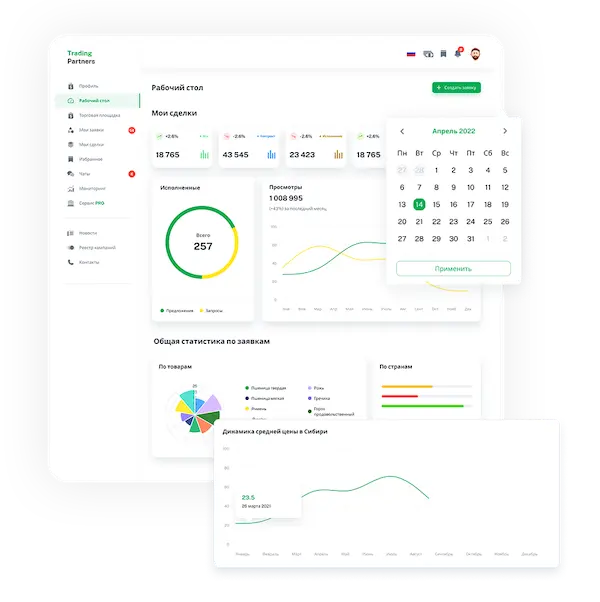The FAO forecast for global grain production in 2024 was reduced by 2.8 million tonnes in September compared to the July forecast. This was due to deteriorating prospects for feed grain crops. The new forecast shows that global grain production in 2024 could reach 2,851 million tonnes, close to last year's level.
The forecast for global feed grain production in 2024 was also lowered. It is expected to reach 1,523 million tonnes, which is 9.4 million tonnes (0.6 percent) below last year's level. This downward revision is due to unfavorable weather conditions, which affected the harvest in the European Union, Mexico, and Ukraine. Additionally, the ongoing military actions in Ukraine are also having a negative impact on agricultural production. The forecasts for barley and sorghum production were also lowered due to adverse weather conditions in Canada, the European Union, and the United States. However, the forecast for corn production has been revised upwards due to favorable weather conditions and improved yields in the United States. Nevertheless, corn production is expected to be below last year's level. The forecast for wheat production is 791.4 million tonnes, which is 3 million tonnes higher than previously expected. The main growth in production is associated with improved performance in the United States, China, and Argentina. However, a decrease in wheat production is expected in the European Union and the Russian Federation due to excess rainfall and unfavorable weather conditions.
The forecast for global grain consumption in 2024–2025 was reduced by 4.7 million tonnes compared to the July forecast. It is expected that consumption will reach 2,852 million tonnes, which is 0.2 percent higher than the previous season. The forecast for feed grain consumption was raised by 0.2 percent to 1,526 million tonnes. The decrease in the forecast for barley and sorghum consumption was offset by an increase in the consumption of other types of grains.
It is expected that global grain stocks at the end of the 2025 season will amount to 890 million tonnes, which is 1.2 percent higher than at the beginning of the season. It is predicted that the stocks-to-use ratio will be 30.7 percent, indicating favorable supply prospects. However, global feed grain stocks are expected to be lower than at the beginning of the season due to a reduction in corn, barley, and sorghum stocks. Wheat stocks are expected to remain at the beginning-of-season levels, while rice stocks will be at the level forecasted in July.
The projected volume of global grain trade in 2024–2025 is 485.6 million tonnes, which is 4.5 million tonnes higher than the July forecast but still 3.3 percent lower than the previous season. The projected volume of feed grain trade was increased by 2.0 million tonnes. The increase is associated with the expected growth in corn exports from the United States and increased demand from Mexico and Vietnam. It is expected that grain trading volume will decrease compared to the previous season. Wheat trade is expected to remain at the previous season's level, while rice trade will be lower than last year.

 Trading platform
Trading platform 
 Monitoring
Monitoring  Express applications
Express applications 
 Fork Work
Fork Work 
 Service
Service  News
News  Directory
Directory 













